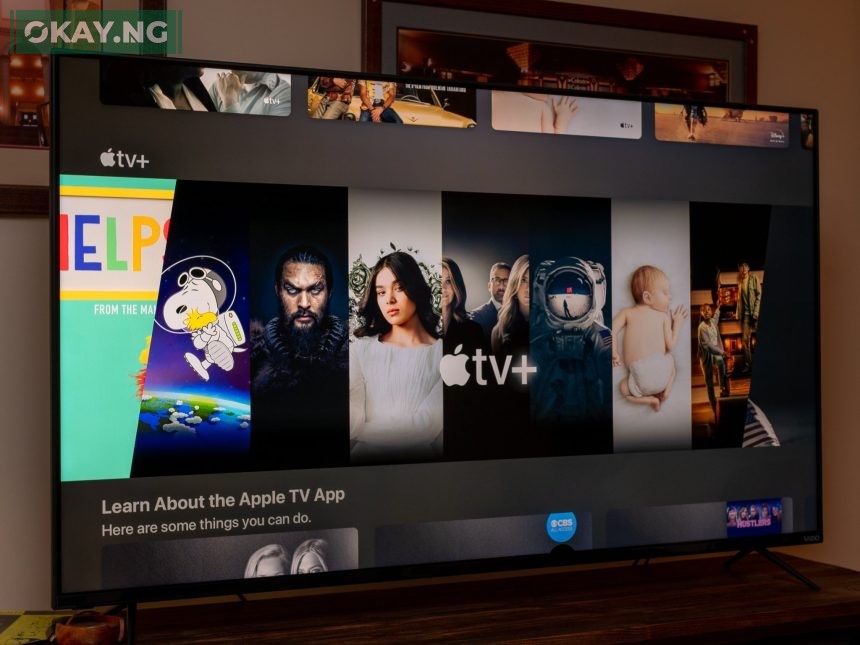Apple’s ambitious foray into the streaming world with Apple TV+ is facing unprecedented financial headwinds, with the platform reportedly hemorrhaging over $1 billion annually. Despite substantial investments in original content, the service’s profitability remains elusive, raising questions about its long-term viability within Apple’s otherwise robust services division.
“It’s a stark departure from Apple’s usual fiscal discipline,” one industry analyst noted, a sentiment echoed by many observing the company’s atypical struggle. The revelation of these losses, even after a $500 million reduction in the content budget last year, as reported by Reuters, has prompted a reassessment of Apple’s streaming strategy.
Since its 2019 launch, Apple has poured billions into original programming, aiming to carve out a significant share of the fiercely competitive streaming market. However, with Apple TV+ capturing less than 1% of U.S. viewership as of February, the platform lags significantly behind industry giants like Netflix and Amazon, which command 8.2% and 3.5% respectively.
According to reports, Apple CEO Tim Cook has begun to scrutinize the platform’s financial performance, particularly questioning the return on investment for high-budget productions that failed to resonate with audiences. The $200 million spy action-comedy “Argylle” is cited as a prime example of a costly venture that did not yield the desired subscriber growth.
“We all know that streaming is a high-stakes game. You have to be prepared to take losses, especially in the early stages,” said a veteran media executive, “but Apple’s situation feels different. It’s not just about the numbers; it’s about the strategic direction.”
Read Also: Apple TV+ Finally Arrives on Android
This situation is particularly notable because Apple’s services division, which includes Apple Music, Arcade, News+, and Fitness+, has been a significant revenue driver. The division saw a 13% revenue growth, reaching $96 billion in the last fiscal year. However, a deeper examination reveals that many of these services are also facing challenges. Apple Music’s growth has reportedly stagnated, and services like Apple News+ and Fitness+ struggle with low engagement. Apple Arcade, with its initial two million users, largely driven by free trials, faces its own set of challenges.
The departure of Peter Stern, a key Apple services executive, in 2023, signaled internal pressures to boost subscriber numbers. The subsequent restructuring of the services unit, separating Apple TV+, Apple Music, and international content from other services, underscores the company’s efforts to address these issues.
A significant portion of Apple’s service revenue is attributed to Apple One, a bundled subscription offering. This bundling inflates the perceived success of individual services, and it is believed that without Apple One, services like Apple Arcade and Fitness+ would struggle to remain profitable. Many subscribers sign up for Apple One primarily for iCloud+ storage, indicating a potential lack of organic demand for the other bundled services.
For viewers, this means a potential shift in Apple’s content strategy. Will they continue to invest heavily in big-budget productions, or will they pivot to a more targeted approach? The outcome will directly impact the availability and quality of content on Apple TV+.
“As a subscriber, I’m watching closely,” said a tech enthusiast. “I’ve enjoyed some of the shows, but I’m also aware that this level of spending isn’t sustainable indefinitely.”
Apple’s deep financial reserves provide a buffer, but the company must now decide whether to double down on its streaming ambitions or reassess its approach in the face of mounting losses and intensifying competition.













